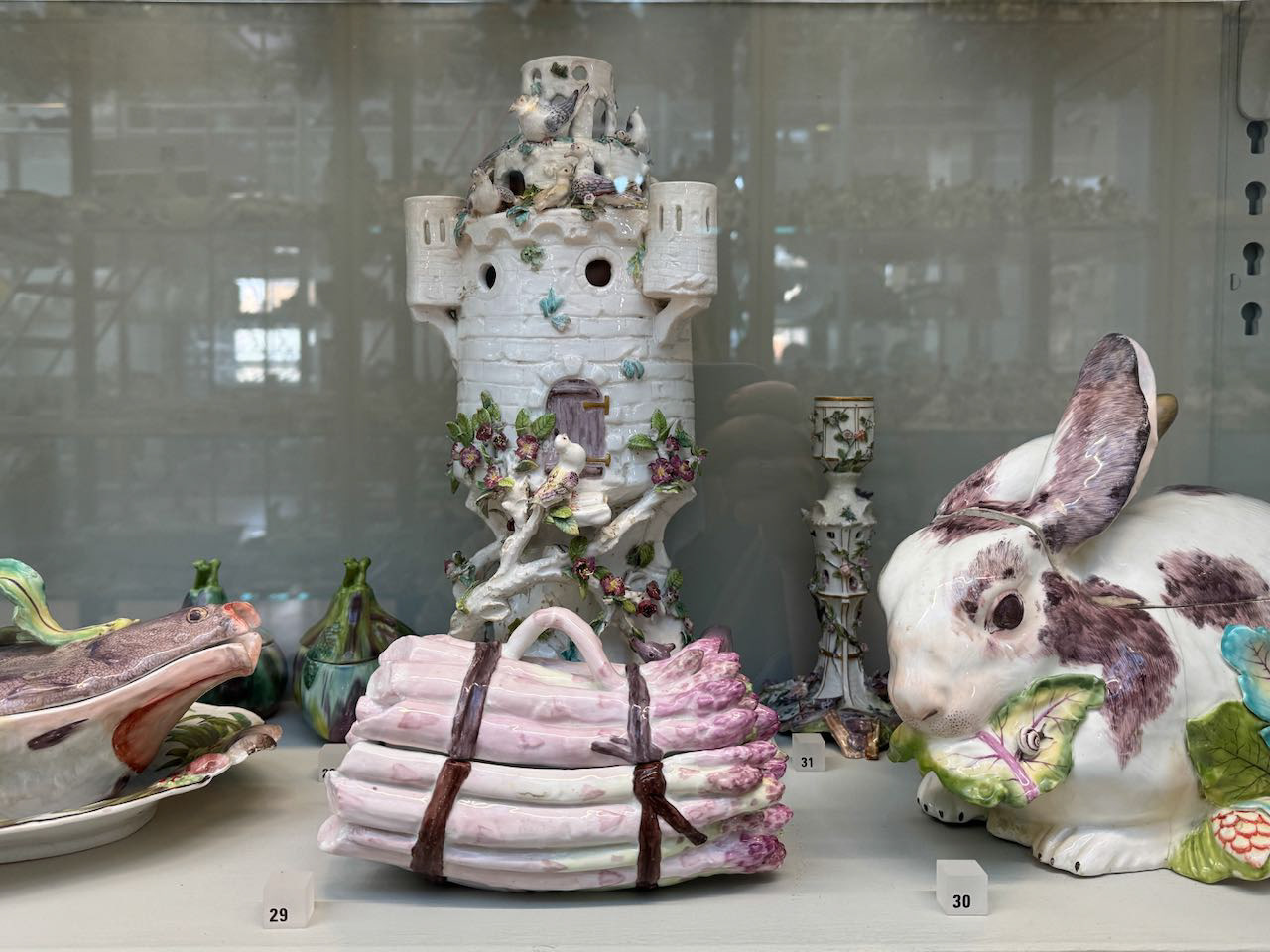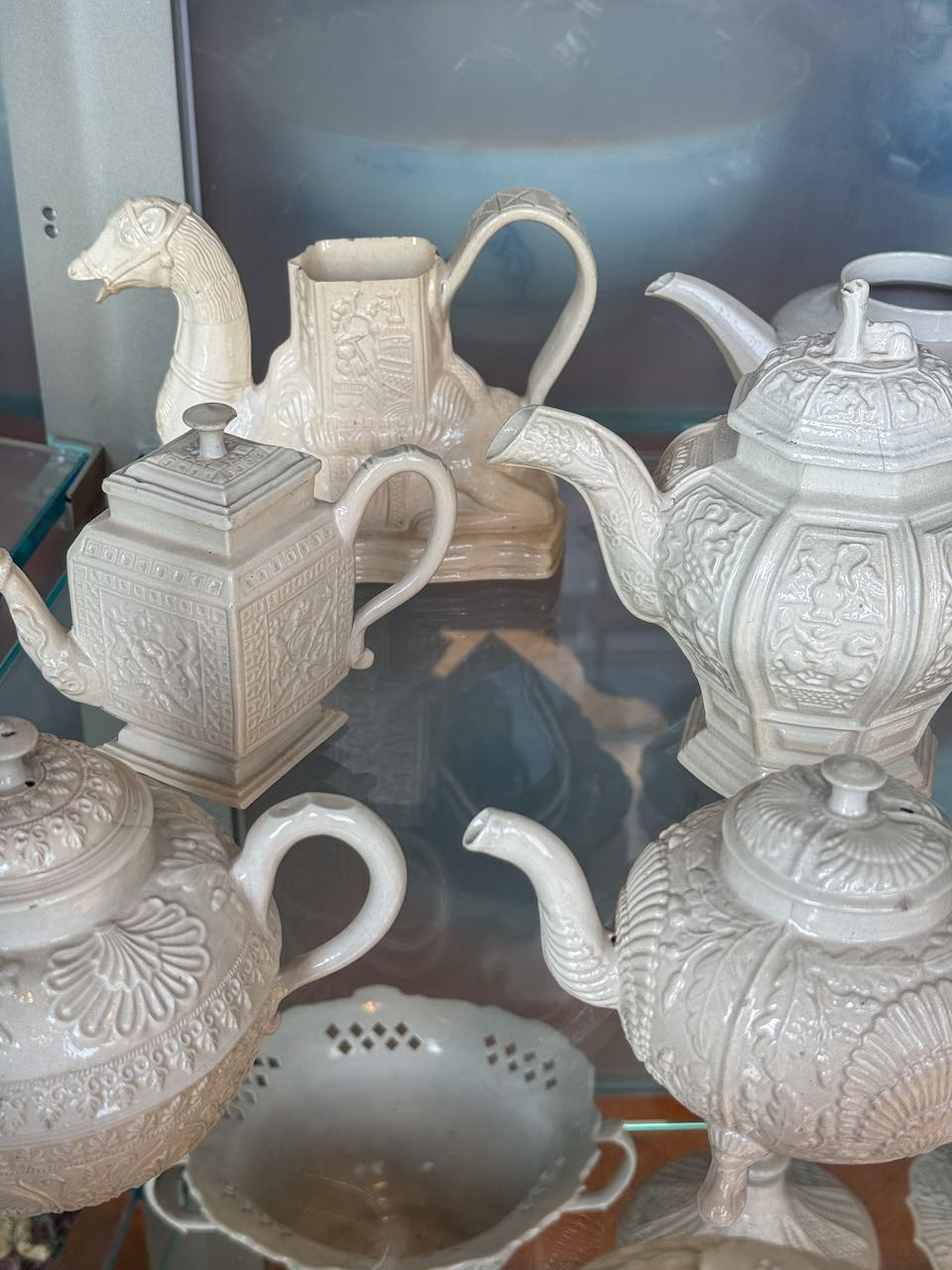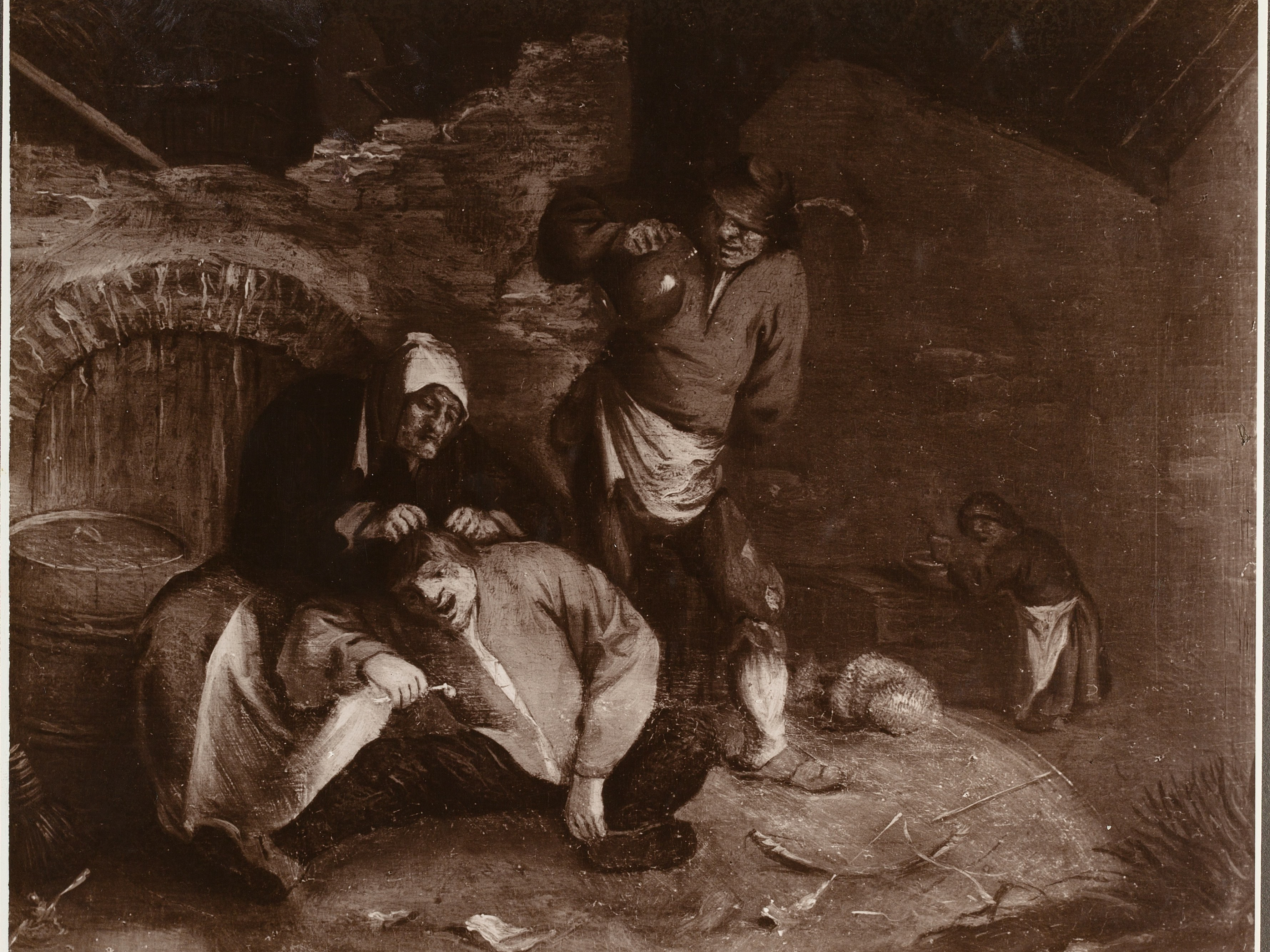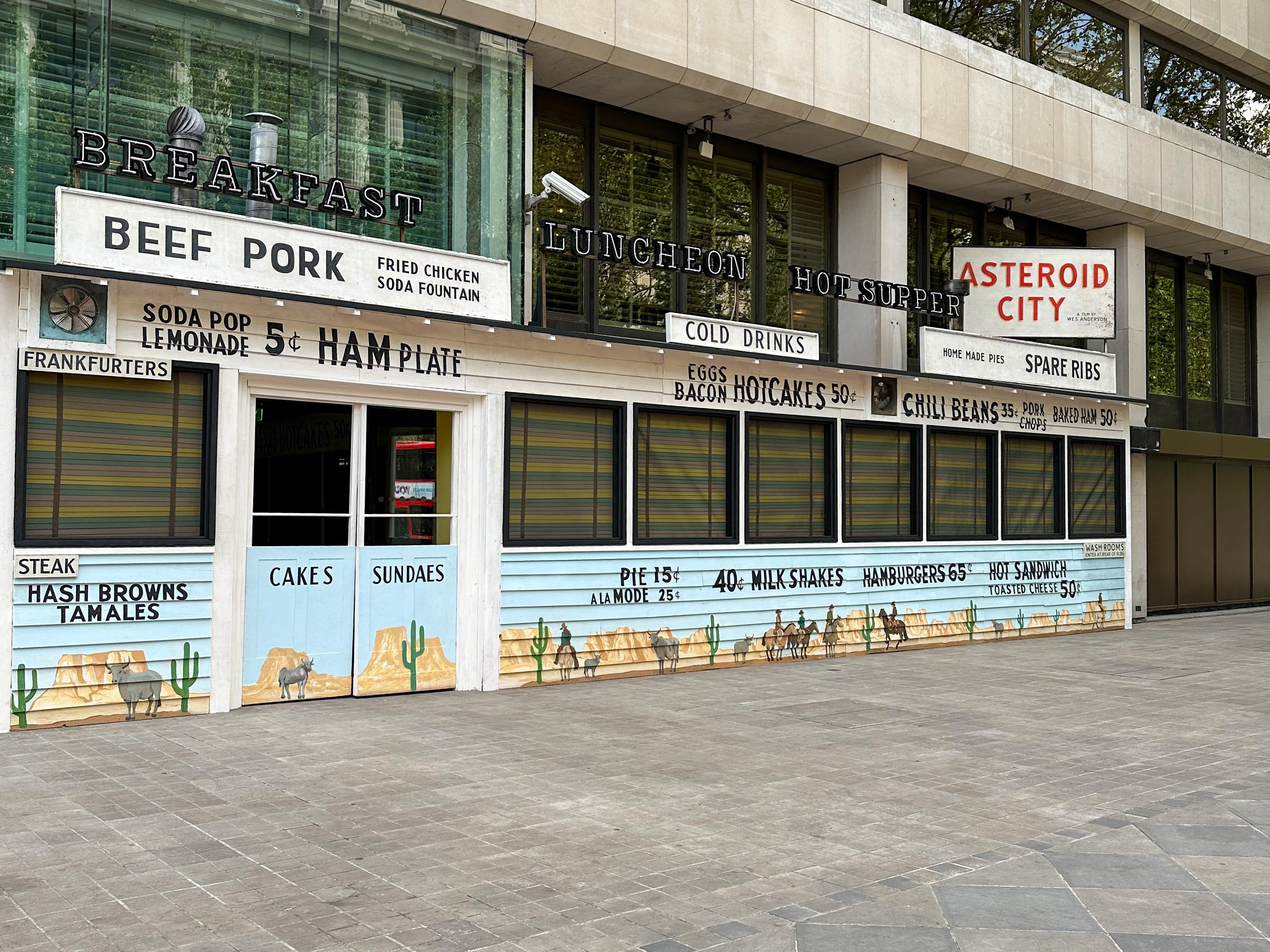Lady Charlotte Schreiber by William Walker, National Library of Wales
This year, the Daniel Marot lecture at the Rijksmuseum was by Caroline McCaffrey-Howarth on the subject of Lady Charlotte Schreiber (1812-1895). Lady Charlotte, an antiquarian, collector, and connoisseur, dedicated her life to art, history, and cultural philanthropy. Her journey began as a self-taught artist and linguist, achieving early recognition for her translation of the medieval Welsh Mabinogion in the 1830s. In the 1840s, her interests expanded to include works by renowned artists such as Holbein and Velázquez. She soon developed a specialist eye for early modern European ceramics, earning a reputation as a collector of 'old china' by the 1850s.
Schreiber also had a very busy personal life; she helped her first husband by doing the financial admin for his iron works. She gave birth to ten children and married their tutor, who was the love of her life, and 14 years younger. More gossip on wikipedia.
Over the course of more than thirty collecting trips worldwide, Schreiber amassed an impressive collection of ceramics. Her contributions to major museums were unprecedented for a female benefactor. She also conducted excavations at ceramic factory sites and discovered and transcribed archival documentary sources. She donated thousands of objects to the South Kensington Museum (now the Victoria and Albert Museum) in 1884-1885, with the stipulation that her donation would be shown as one collection.
The next day I happened to be in London and visited the V&A. Never been to the ceramics department on the 3rd floor, I was very impressed. Giant glass display cabinets hold the study collection, which can be viewed on request. The name Lady Charlotte Schreiber is not shown as one of the benefactors of the department, however her name is briefly mentioned in the 19th century galleries. I don't think she would have minded much, her collection is shown and will help further research on early British and European ceramics.

V&A, formerly the South Kensington Museum


The Chelsea rabbit was Lady Charlotte's












